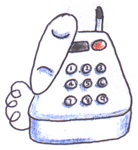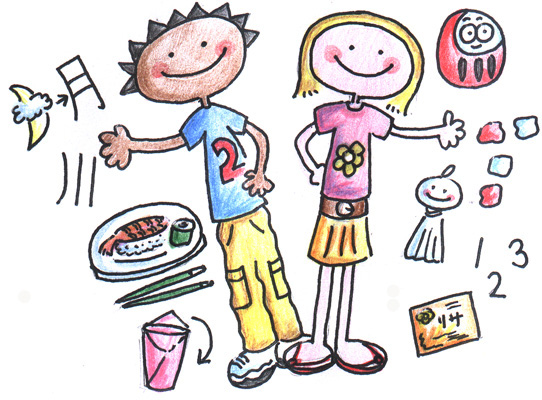Lesson 4
Lesson Plan Download pdf
Starter (10 minutes)
Explain to the children that there are 3 alphabet systems used in Japan and that when writing their name badges, they used the katakana alphabet. Today they will be looking at kanji, or Chinese characters (see Culture Notes for further information).
Show children the kanji presentation to demonstrate the origins of certain kanji. For example, show the kanji for the word river (川). Can any of the children guess what it means? Show how it developed. Repeat for other words such as mountain, tree, dog, sun etc.
Optional Extra!
As a way into learning about kanji, you could show children various pictograms that
represent a word – such as traffic signs, symbols used on computer programmes
etc, where no English is written, but where a word or idea can be interpreted simply
by looking at the pictogram. Liken this to kanji where pictogram style characters are
used to represent a whole word, rather than simply a sound.
Language awareness point
You may also wish to introduce children to the following characters and have them
guess the meaning based on the kanji they’ve already learned (use the ‘kanji –
guess the progression’ presentation to help):
How could the children use their knowledge of ‘tree’ to work out the other kanji?
Children could practise the correct kanji stroke order by using an imaginary paint brush to write the characters. They could also count the strokes in order in Japanese, as a Japanese child would. This will reinforce their number learning.
Optional Extra!
Each kanji character represents a word in its own right, but they can also be combined to
make new words. Have children see if they can work out the meanings of the following
compounds (use the ‘kanji – guess the progression’ presentation to demonstrate):

| 電 | den | electric/electricity |
| 話 | wa | speak |
| 電話 | denwa | telephone |
| 飛 | hi | fly/leap |
| 行 | ko | to go |
| 機 | ki | machine |
| 飛行機 | hikoki | aeroplane |
